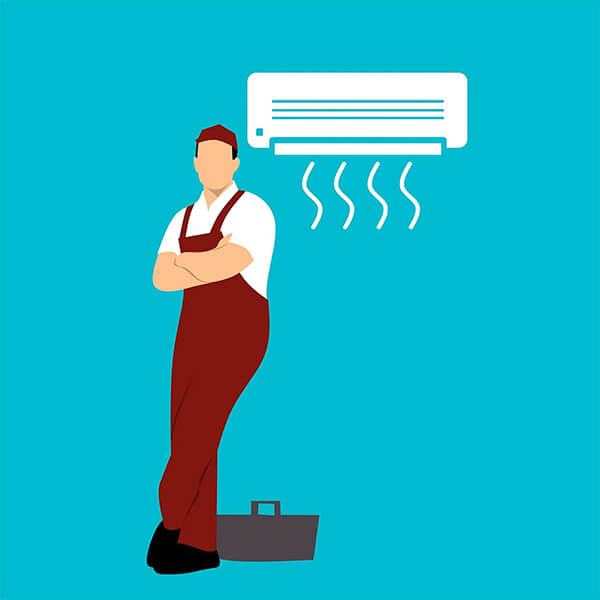Found in many homes across the U.S., central air conditioning keeps residences comfortable during the hottest months of the year. For Colorado homeowners, this is an essential tool used to stay cool for many of the sunny days found in the local climate.
Learning about how central air conditioners work can help you stay ahead of any issues that might arise so that you can avoid costly repairs. Keep reading to discover more about central air conditioning units and where to find Denver air conditioner repair if your system shuts down.

About Central AC
Using a central air conditioning unit is one of the best ways to cool down an entire home. These quiet units are virtually unnoticeable, unlike bulky window units. Plus, they have enough power to cool multiple floors and rooms. This helps free up window space while keeping your home at a comfortable temperature all summer long. Your central air conditioning unit will become such a staple of your day-to-day life, you’ll probably forget it even exists.
Central AC units can also be programmed with all the new technology. These smart AC units can pair to a phone app or other smart device so you can control it remotely. This can help you save money on your energy bills, since you adjust the settings from room to room. Keep air from flowing into unused areas or turn the thermostat off when you’re not home.
How it functions
Every central air conditioning unit features two primary functions occurring simultaneously both inside and outside your home.
Located inside the home, the cold side of the system cools warm indoor air with a cooling device. This device is a cold coil filled with refrigerant that absorbs the warmth from the air. The refrigerant then transforms from a liquid into a gas during this process before pushing the cooled air back into the space.
At the same time, the external hot side of the system is compressing the refrigerant gas before pushing into another coil. Heat from the indoor air is released outside while the refrigerant transforms from a gas back to a liquid. In tandem, the fan of the AC unit sucks in outside air through the coil so that no heat from the house is absorbed into it.
This results in a cycle of humidity and heat leaving the home by being removed from the air inside while cool air is being created and pushed in.
Let’s take a look at the step-by-step process of how this system works:
- Located in a central location of your home, the thermostat monitors the indoor air temperature. This control pad includes sensors that signal to the unit when the air temperature is meeting the cooling threshold.
- Once the unit is signaled, the indoor unit fan starts to pull in hot air through the air ducts. Any airborne particles like dust, lint, or pet dander are collected in the air filters.
- The warm filtered air travels over the cooling cool and the refrigerant inside the coil turns from a liquid to a gas. The refrigerant then absorbs the heat from the air.
- The cool air is blown back into the home by the indoor blower fan.
- The refrigerant gas travels outside into the outdoor compressor unit where it is pressurized and sent to the outdoor condenser coil.
- Outdoor air is pulled into the condenser coil by the outdoor unit fan so that it can absorb the excess heat energy from the indoor air.
- While this is happening, the refrigerant turns back into liquid form and travels back inside where the cycle continues.
Contact Go Green Heating and Air Conditioning for Denver AC repair, maintenance, and installation.
